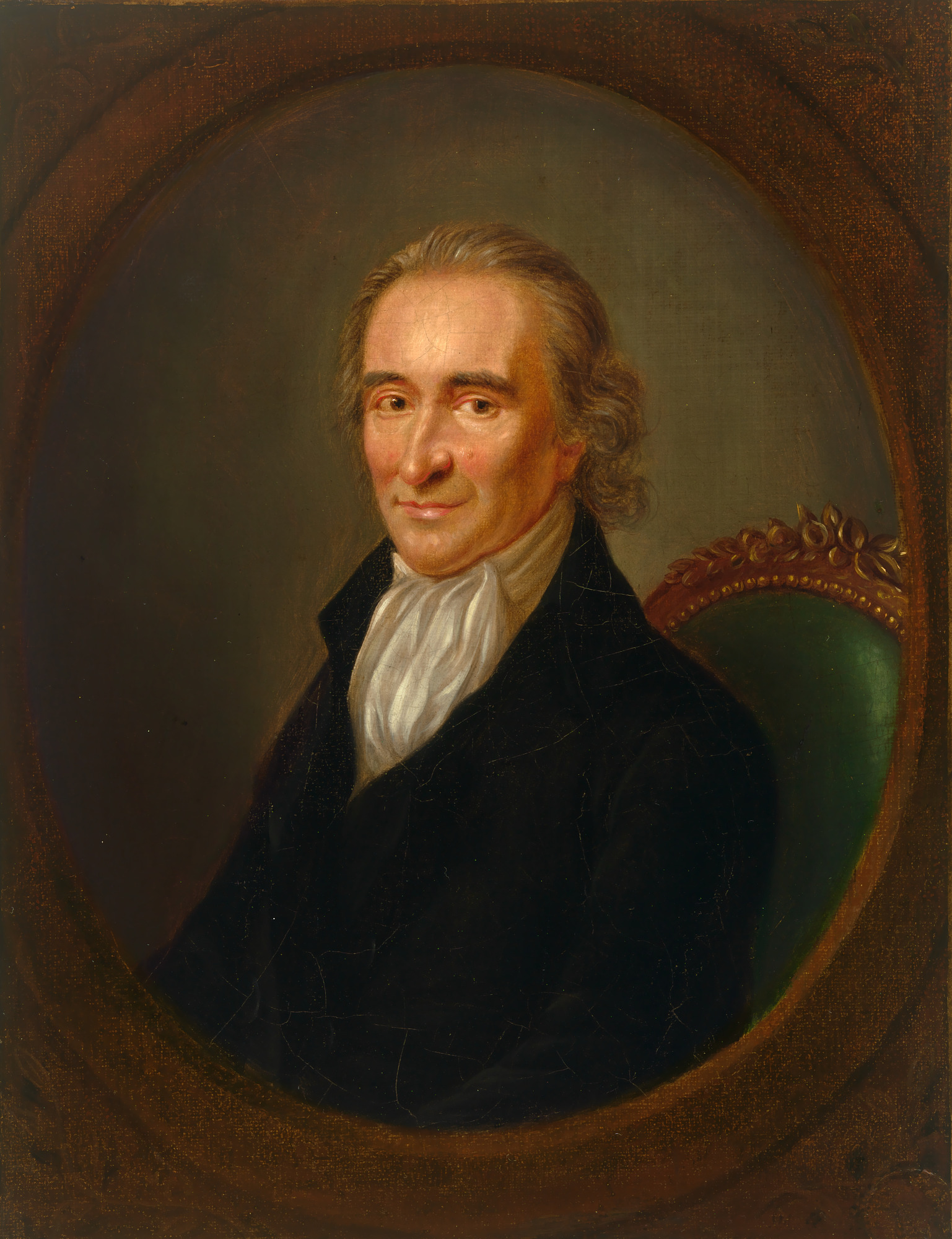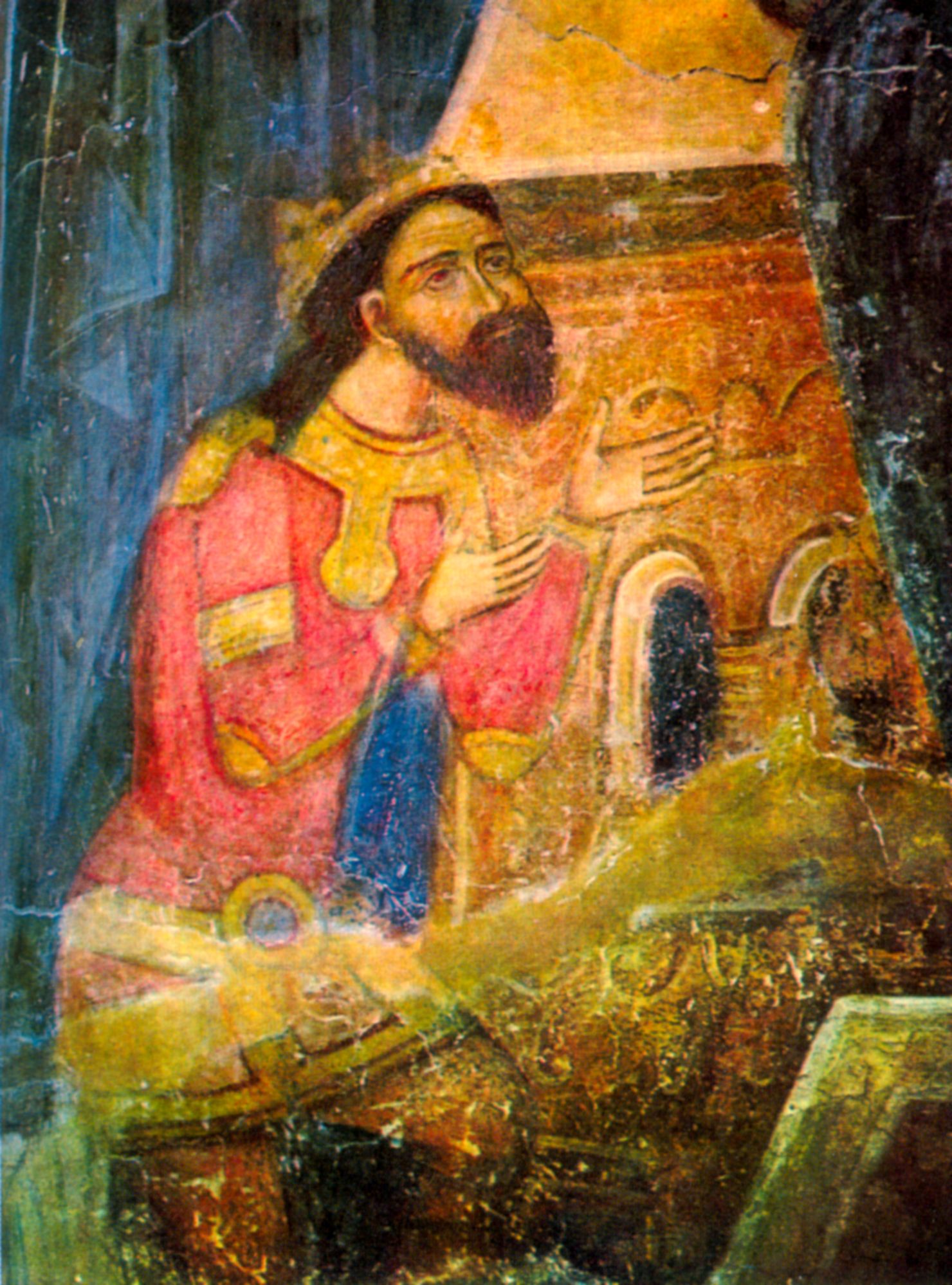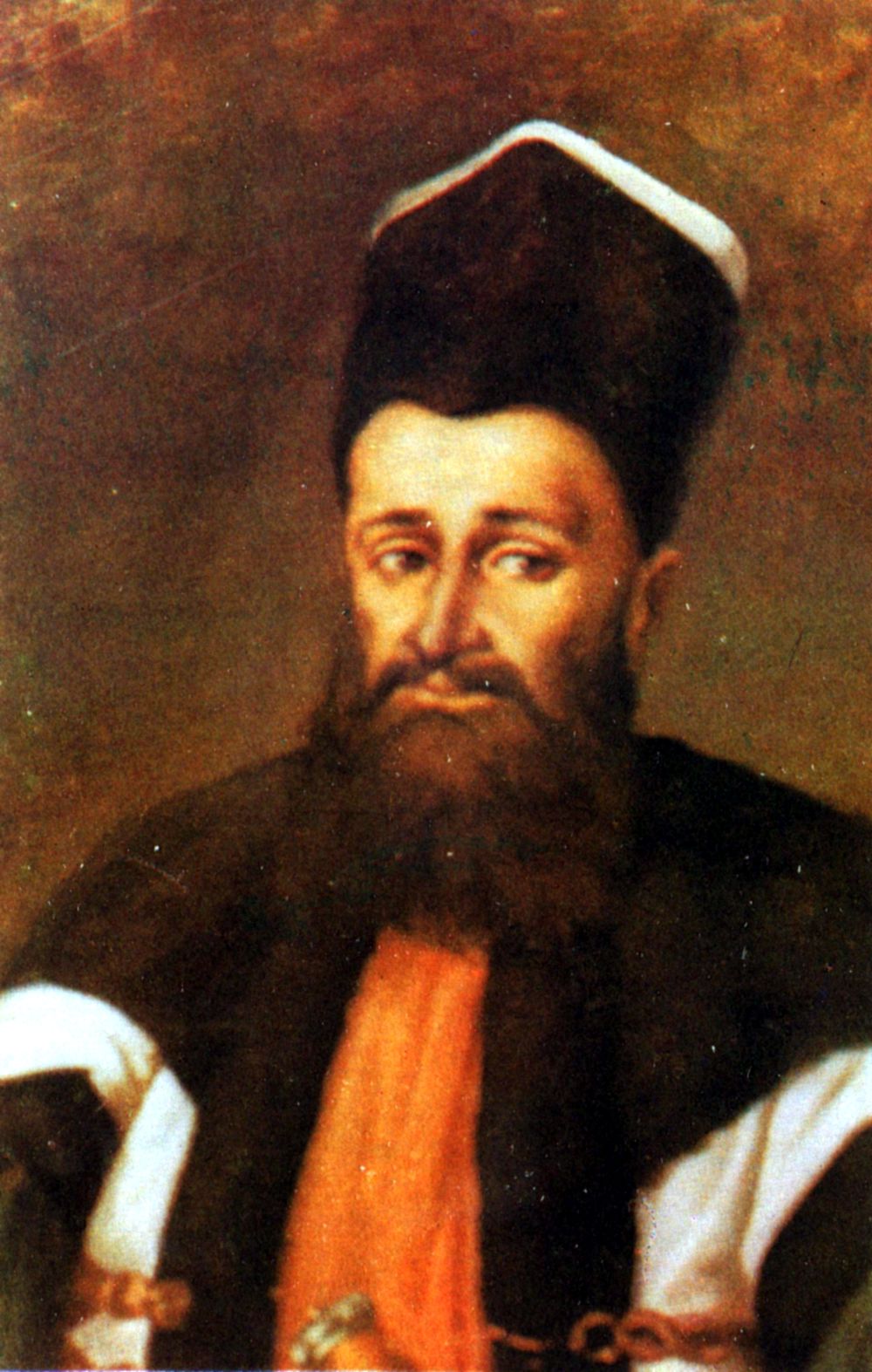|
Nicolae Caragea
Nicholas Caradja (, ; 1737–1784) was a Phanariote Prince of Wallachia, who reigned between 5 January 1782 and 6 July 1783. Early life He was born as the son of Prince Konstantin Caradja (d. 1771) and his wife, Zefira Soutzos (d. 1791). Biography Prior to his reign, he was the Grand Dragoman of the Ottoman Empire in Constantinople (1777–1782). Reign Under his reign, police provisions taken concerned public hygiene such as chimney sweeping and the control of coffeehouses, inns, and ways. Unauthorized carrying of uniforms and weapons was prohibited, in order to avoid mutiny by those opposed to his taxation policy. Passports were introduced during his reign. Both to control the entry of foreigners and the exit of the discontented. Marriage and issue He was married to Tarisa Michalopoulos and had: * Eufrosona Caradja; married Prince Dimitrius Ghica * Zamfira Caradja; married Prince Alexander Mavrocordato * Smaragda Caradja; married Prince Nicholas Mavrocordato (1744- ... [...More Info...] [...Related Items...] OR: [Wikipedia] [Google] [Baidu] |
List Of Rulers Of Wallachia
This is a list of princes of Wallachia, from the first mention of a medieval polity situated between the Southern Carpathians and the Danube until the union with Moldavia in 1859, which unification of Moldavia and Wallachia, led to the creation of Romania. Notes Dynastic rule is hard to ascribe, given the loose traditional definition of the ruling family. On principle, princes were chosen from any family branch, including a previous ruler's bastard sons, being defined as ''os de domn'', "of Voivode marrow", or as having ''heregie'', "heredity" (from the Latin ''hereditas''); the institutions charged with the Elective monarchy, election, dominated by the boyars, had fluctuating degrees of influence. The system itself was challenged by usurpers, and became obsolete with the Phanariotes, Phanariote epoch, when rulers were appointed by the Ottoman Empire, Ottoman Sultans; between 1821 and 1878 (the date of Romania's independence), various systems combining election and appointment were ... [...More Info...] [...Related Items...] OR: [Wikipedia] [Google] [Baidu] |
Alexander Mavrocordatos Firaris
Alexander (II) Mavrocordatos (, ; 1 July 1754 – 8 February 1819), surnamed Firaris (, from ) was a Phanariote who served as Prince of Moldavia from 1785 to 1786. Life Alexander was the son of John II Mavrocordatos, and served as Grand Dragoman from 1782 to 1785, before being Hospodar (Prince) of Moldavia from January 1785 to December 1786, succeeding his cousin Alexander I Mavrocordatos. During the Russo-Turkish War of 1787–1792 he sided with the Russian Empire, which began to pose as a protector of Christians in the Balkans. At the end of the war he fled to Russia, whence his nickname (" firari" meaning "fugitive" in Turkish). He obtained the title of Russian Prince and died in Moscow on February 8, 1819. Alexander II Mavrocordatos had married Zaphira or Zamfira Caradja. The couple had only one daughter who became maid of honour to the Empress Catherine II of Russia. Sources * Alexandru Dimitrie Xenopol ''Histoire des Roumains de la Dacie trajane : Depuis les or ... [...More Info...] [...Related Items...] OR: [Wikipedia] [Google] [Baidu] |
Caradja Family
The House of Caradja (also spelt as Karadja, Karaca, Caragea) or Karatzas (also spelt Caratzas; ) is a princely house of Byzantine and Phanariote Greek origins, present as dignitaries in the Ottoman Empire, and established as boyars and hospodars in the Danubian Principalities from the late 16th century. Origins The princely House of Caradja originated in the Byzantine Empire, probably in the capital Constantinople. The earliest mentions of the family's history are present in historian Anna Komnene's ''Alexiad''. In 1091, Emperor Alexios I Komnenos sent Argyros Karatzas to Dalmatia, and appointed him '' doux'' of Dyrrhachium and of Philippopolis in 1094.V. Laurent, "Argyros Karatzas, protokuropalates et duc de Philippopolis" , Revista Istorica 29 (1943), 203-210 In the year 1453, during events surrounding the Fall of Constantinople, Eustathios Karadja was mentioned as the intermediary between Patriarch Gennadius II Scholarius and Sultan Mehmed II. In 1591, a Constantin Caradj ... [...More Info...] [...Related Items...] OR: [Wikipedia] [Google] [Baidu] |
18th-century Princes Of Wallachia
The 18th century lasted from 1 January 1701 (represented by the Roman numerals MDCCI) to 31 December 1800 (MDCCC). During the 18th century, elements of Age of Enlightenment, Enlightenment thinking culminated in the Atlantic Revolutions. Revolutions began to challenge the legitimacy of monarchical and aristocratic power structures. The Industrial Revolution began mid-century, leading to radical changes in Society, human society and the Natural environment, environment. The European colonization of the Americas and other parts of the world intensified and associated mass migrations of people grew in size as part of the Age of Sail. During the century, History of slavery, slave trading expanded across the shores of the Atlantic Ocean, while declining in Russian Empire, Russia and Qing dynasty, China. Western world, Western historians have occasionally defined the 18th century otherwise for the purposes of their work. For example, the "short" 18th century may be defined as 1715� ... [...More Info...] [...Related Items...] OR: [Wikipedia] [Google] [Baidu] |
18th-century Translators
The 18th century lasted from 1 January 1701 (represented by the Roman numerals MDCCI) to 31 December 1800 (MDCCC). During the 18th century, elements of Enlightenment thinking culminated in the Atlantic Revolutions. Revolutions began to challenge the legitimacy of monarchical and aristocratic power structures. The Industrial Revolution began mid-century, leading to radical changes in human society and the environment. The European colonization of the Americas and other parts of the world intensified and associated mass migrations of people grew in size as part of the Age of Sail. During the century, slave trading expanded across the shores of the Atlantic Ocean, while declining in Russia and China. Western historians have occasionally defined the 18th century otherwise for the purposes of their work. For example, the "short" 18th century may be defined as 1715–1789, denoting the period of time between the death of Louis XIV of France and the start of the French Revolutio ... [...More Info...] [...Related Items...] OR: [Wikipedia] [Google] [Baidu] |
1784 Deaths
Events January–March * January 6 – Treaty of Constantinople: The Ottoman Empire agrees to Russian Empire, Russia's annexation of the Crimean Peninsula, Crimea. * January 14 – The Congress of the United States ratifies the Treaty of Paris (1783), Treaty of Paris with Kingdom of Great Britain, Great Britain to end the American Revolution, with the signature of President of the Continental Congress, President of Congress Thomas Mifflin.''Harper's Encyclopaedia of United States History from 458 A. D. to 1909'', ed. by Benson John Lossing and, Woodrow Wilson (Harper & Brothers, 1910) p167 * January 15 – Henry Cavendish's paper to the Royal Society of London, ''Experiments on Air'', reveals the composition of water (molecule), water. * February 24 – The Captivity of Mangalorean Catholics at Seringapatam begins. * February 28 – John Wesley ordains ministers for the Methodist Church in the United States. * March 1 – The Confederation Congr ... [...More Info...] [...Related Items...] OR: [Wikipedia] [Google] [Baidu] |
1737 Births
Events January–March * January 5 – Spain and the Holy Roman Empire sign instruments of cession at Pontremoli in the Grand Duchy of Tuscany in Italy, with the Empire receiving control of Tuscany and the Grand Duchy of Parma and Piacenza, in return for Charles III of Spain, Don Carlos of Spain being recognized as King of Naples and King of Sicily. * January 9 – The Empires of Austria and Russia enter into a secret military alliance that leads to Austria's disastrous entry into the Russo-Turkish War. * January 18 – In Manila, a peace treaty is signed between Spain's Governor-General of the Philippines, Fernándo Valdés y Tamon, and the Sultan Azim ud-Din I of Sulu, recognizing Azim's authority over the islands of the Sulu Archipelago. * February 20 – France's Foreign Minister, Germain Louis Chauvelin, is dismissed by King Louis XV's Chief Minister, Cardinal André-Hercule de Fleury * February 27 – French scientists Henri-Louis Duhamel du ... [...More Info...] [...Related Items...] OR: [Wikipedia] [Google] [Baidu] |
List Of Wallachian Rulers
This is a list of princes of Wallachia, from the first mention of a medieval polity situated between the Southern Carpathians and the Danube until the union with Moldavia in 1859, which led to the creation of Romania. Notes Dynastic rule is hard to ascribe, given the loose traditional definition of the ruling family. On principle, princes were chosen from any family branch, including a previous ruler's bastard sons, being defined as ''os de domn'', "of Voivode marrow", or as having ''heregie'', "heredity" (from the Latin ''hereditas''); the institutions charged with the election, dominated by the boyars, had fluctuating degrees of influence. The system itself was challenged by usurpers, and became obsolete with the Phanariote epoch, when rulers were appointed by the Ottoman Sultans; between 1821 and 1878 (the date of Romania's independence), various systems combining election and appointment were put in practice. Wallachian rulers, like the Moldavian rulers, bore the titles of ' ... [...More Info...] [...Related Items...] OR: [Wikipedia] [Google] [Baidu] |
Grand Dragoman Of The Porte
The Dragoman of the Sublime Porte (Ottoman Turkish: ; ), Dragoman of the Imperial Council (), or simply Grand Dragoman (, ) or Chief Dragoman (), was the senior interpreter of the Ottoman government—frequently referred to as the "Sublime Porte"—and ''de facto'' deputy foreign minister. From the position's inception in 1661 until the outbreak of the Greek War of Independence in 1821, the office was occupied by Phanariotes, and was one of the main pillars of Phanariote power in the Ottoman Empire. History In the Ottoman Empire, the existence of official interpreters or dragomans is attested from the early 16th century. They were part of the staff of the (), who was responsible for foreign affairs within the Imperial Council. As few Ottoman Turks ever learned European languages, from early times the majority of these men were of Christian origin—in the main Austrians, Hungarians, Poles, and Greeks. A dragoman may have already existed under Mehmed II (), when Lütfi Bey was se ... [...More Info...] [...Related Items...] OR: [Wikipedia] [Google] [Baidu] |
Constantine Mourouzis
Prince Constantine Demetrius Mourouzis (, ; 1730 – 1 May 1787) was a Phanariote Prince of Moldavia, and member of the Mourousis family. A remarkable polyglot, he spoke five languages: Greek, Latin, French, Arabic and Turkish. In 1761, he became Grand '' Postelnic'' (foreign minister) in Moldavia, and soon after Dragoman of the Fleet (deputy minister) of the Ottoman Admiralty, and eventually Grand Dragoman. There are indications that he was politically involved in the dismissal and assassination of his predecessor, Grigore III Ghica, by the Porte.Brezianu, Andrei and Spânu, Vlad (eds.) (2007) "Moruzi. Constantin" ''Historical Dictionary of Moldova'' (2nd ed.) Scarecrow Press, Lanham, Maryland, USA, p. 250, Trusted by the Porte, he obtained the throne of Moldavia on October 12, 1770. Mourouzis spent much of his time in Iaşi, supervising the gathering of agricultural resources demanded by the Porte, but also fought extravagant luxury and surrounded himself with sch ... [...More Info...] [...Related Items...] OR: [Wikipedia] [Google] [Baidu] |
Dragoman Of The Fleet
The Dragoman of the Fleet (; ) was a senior office in the Ottoman Empire, held by Phanariote Greeks during the 18th and early 19th centuries. As the chief deputy of the Kapudan Pasha, the Dragoman of the Fleet played a leading role in the administration of the various autonomous communities of the islands and coasts of the Aegean Sea that fell within the Eyalet of the Archipelago. History The office was established in 1701, in emulation of the Grand Dragoman of the Sublime Porte, which was also reserved for Phanariotes. Indeed, the post of Dragoman of the Fleet often served as a stepping-stone to that of Grand Dragoman. The dragoman (the term means 'interpreter') had to be proficient in the "three languages" () of Arabic, Persian, and Turkish that were commonly used in the empire, as well as a number of foreign languages (usually French and Italian), but his role went far beyond a mere interpreter. He was the official intermediary between the Kapudan Pasha, the commander-in-chief ... [...More Info...] [...Related Items...] OR: [Wikipedia] [Google] [Baidu] |
Mourouzis Family
The House of Mourouzis () or Moruzi (, Muruzi) is the name of an old and distinguished noble family which was first mentioned in the Empire of Trebizond, whose members later occupied many important positions within Ottoman Empire, Wallachia, Moldavia, Russian Empire and Romania. History Its origins have been lost, but the two prevalent theories are that they were either a local family originating in a village which has a related name or else one that arrived with the Venetians during the Fourth Crusade (since there are records of a Venetian family with a similar name a generation earlier). They became one of the leading families of Phanariotes. The family moved to present-day Romania (the Danubian Principalities) in the 17th century, became Dragomans of the Porte and boyars, and gave Wallachia and Moldavia two ''hospodars'' – Princes Constantine and Alexander. Constantine's great grandson Demetrius fled to Russia after the outbreak of the Greek War of Independence, where ... [...More Info...] [...Related Items...] OR: [Wikipedia] [Google] [Baidu] |





